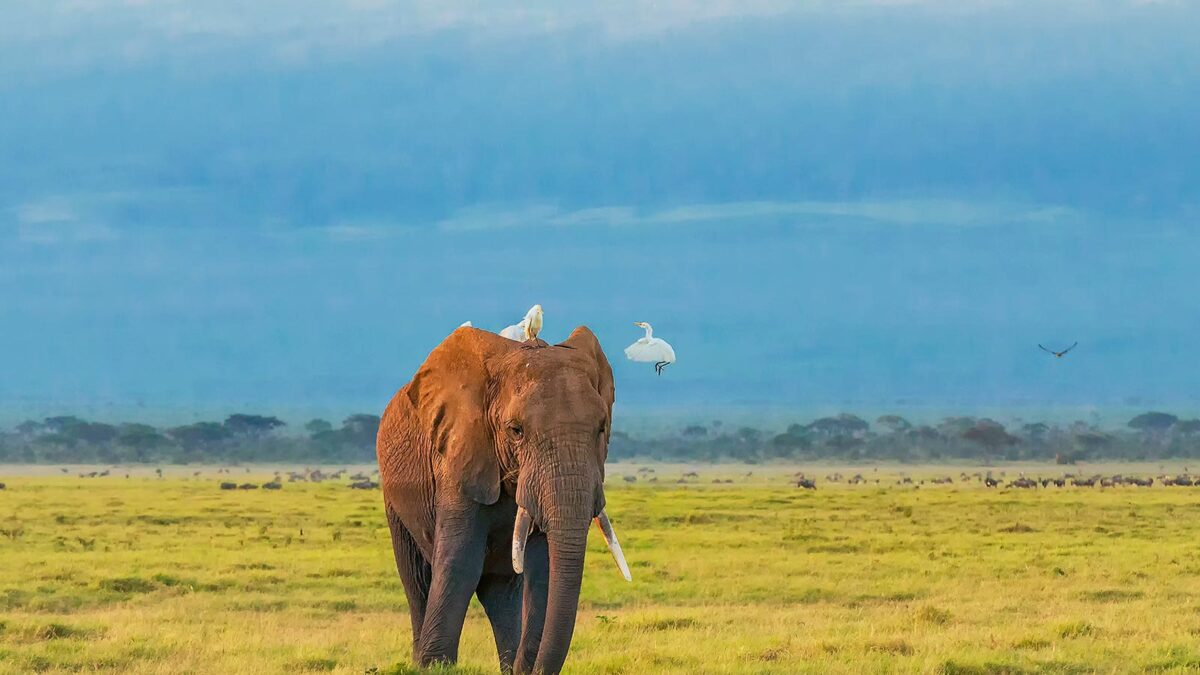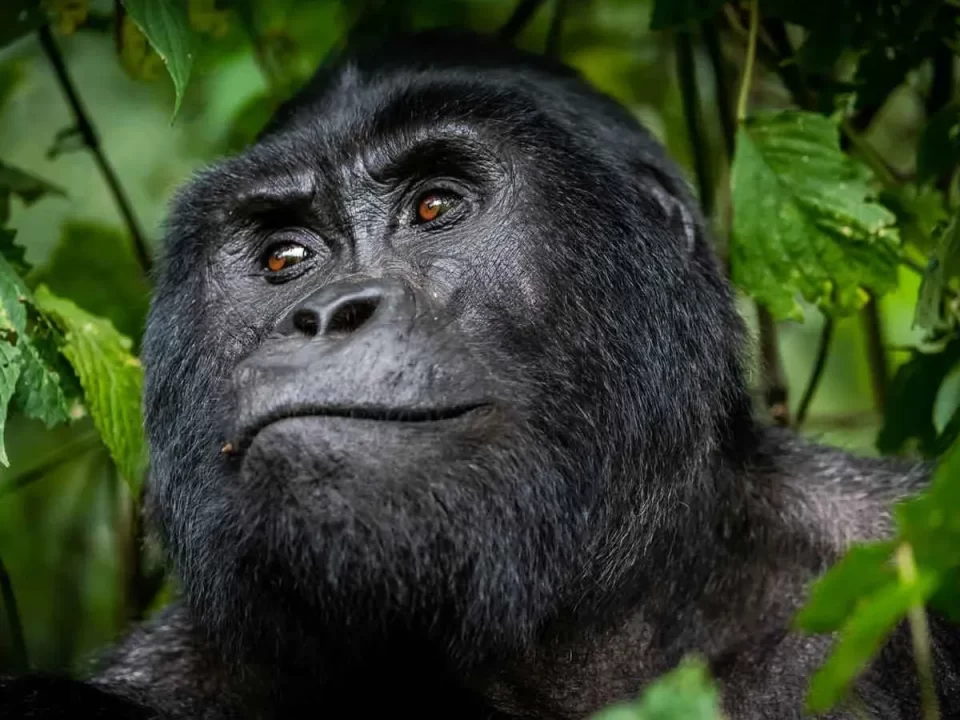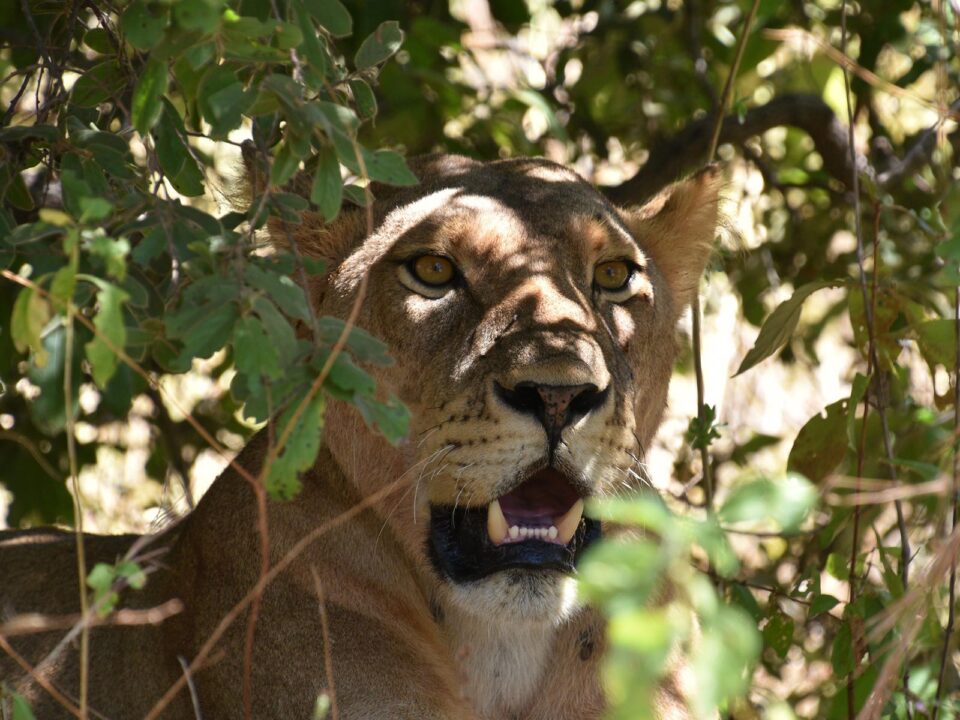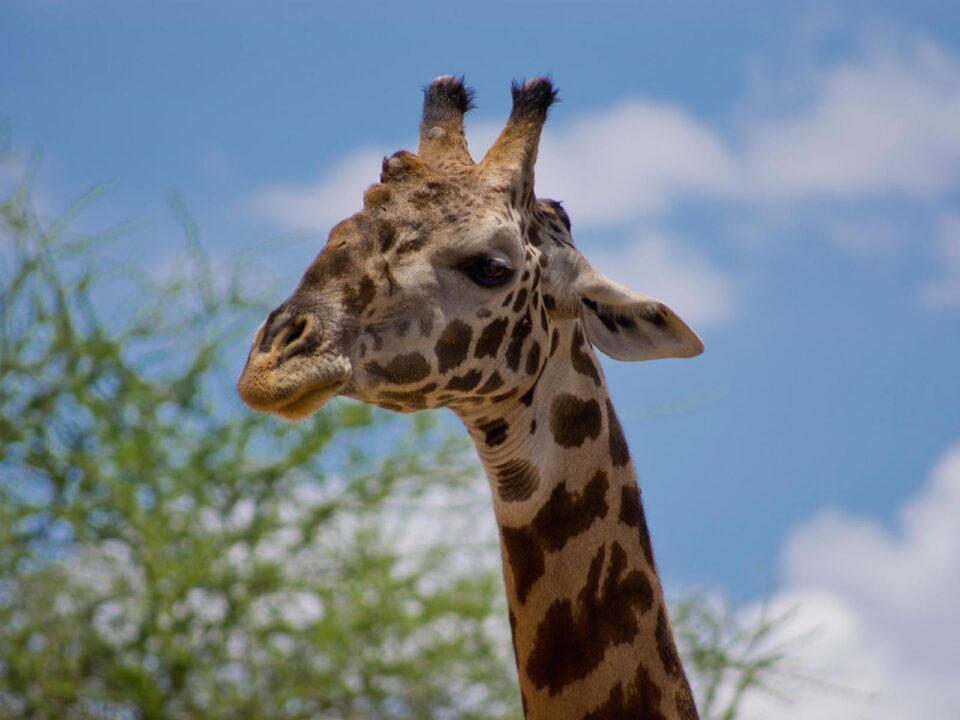African Safari in September

African Safaris in July
March 7, 2024
Top Walking Safaris in Africa
March 7, 2024African Safari in September – A Comprehensive Guide to Safari Destinations
Embarking on an African safari in September presents a unique opportunity as temperatures steadily rise, and numerous safari destinations across the continent approach their annual peak. The months between June and October promise sensational game viewing experiences, with September standing out as a particularly rewarding time. The choice of where to go in Africa during this month depends entirely on your preferences for wildlife encounters and scenic landscapes.
Amboseli – Witnessing the Iconic Tusker with Kilimanjaro as a Backdrop
In September, few African vistas rival the iconic image of a tusker against the backdrop of Kilimanjaro, minus its cloudy cloak. Whether enjoying a cold beer or observing a large elephant, this moment is best savored during an African safari in September (or also in January and February). While Amboseli and the Chyulu Hills may seem overshadowed by the mountain, they hold their own with excellent game viewing opportunities.
Tarangire and Katavi – Exploring Lesser-Known yet Impressive Reserves
As the wildebeest bid farewell to the popular Serengeti National Park by September, savvy safari travelers to Tanzania can redirect their journey to the country’s lesser-known but equally impressive reserves, Tarangire National Park and Katavi National Park. Although not as widely recognized, these parks offer superb game viewing and are at their most rewarding in September.
Tarangire, conveniently located near Lake Manyara National Park and the Ngorongoro Crater, becomes a focal point in September. The dry season’s animal concentrations along the Tarangire River are among the highest in Tanzania, and the park boasts a reputation for excellent elephant sightings. Katavi National Park, with its limited annual visitors, hosts remarkable concentrations of buffalo, elephants, hippos, crocodiles, and lions in and around its rivers.
Masai Mara – Experiencing the Wildebeest Migration’s Grand Finale
Shaking themselves dry from perilous river crossings, the surviving wildebeest spread out over the Masai Mara’s green pastures in September. Liberated from the dangers of croc-infested rivers, the herds of the Wildebeest Migration now face the watchful eyes of Mara’s big cats, eagerly awaiting their return. September is the ideal time to witness the Migration’s mega-herds grazing voraciously before embarking on their journey back to the Serengeti.
Choosing the specific area to visit within the Masai Mara significantly influences your safari experience. The national reserve is bustling during the Wildebeest Migration (approximately July to November), with most camps and lodges catering to large numbers of guests.
The private conservancies to the north offer a more tranquil experience at luxury tented camps, providing special activities like off-road game viewing, nature walks, and night game drives—activities not permitted in the national reserve. It is recommended to stay in one of the Masai Mara’s conservancies for proximity to the Migration’s hot spots while enjoying the serenity of a private camp.




